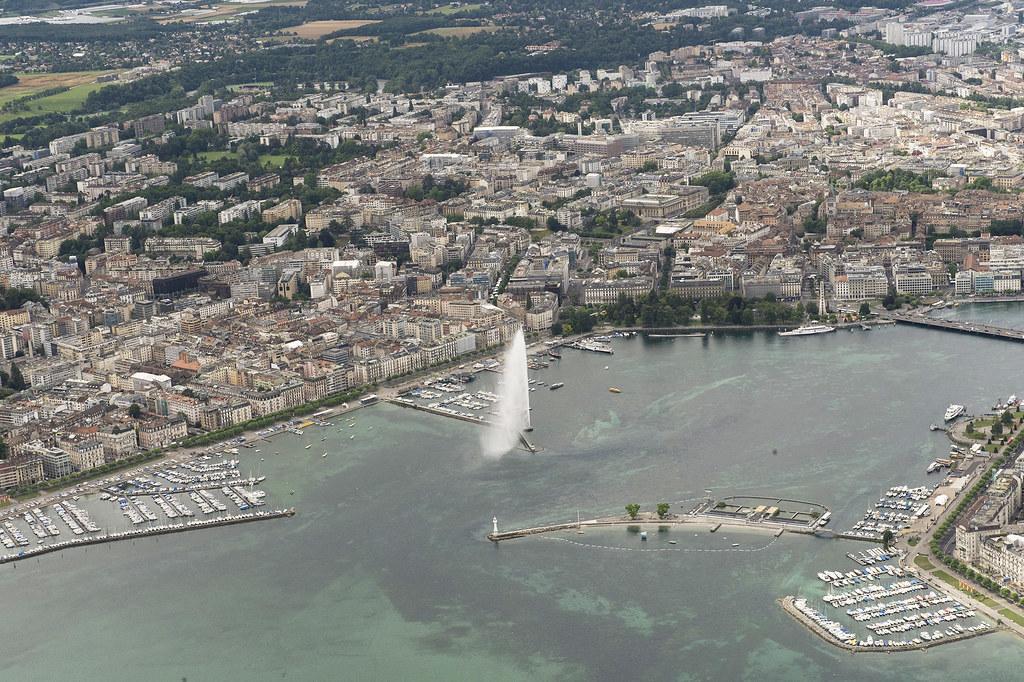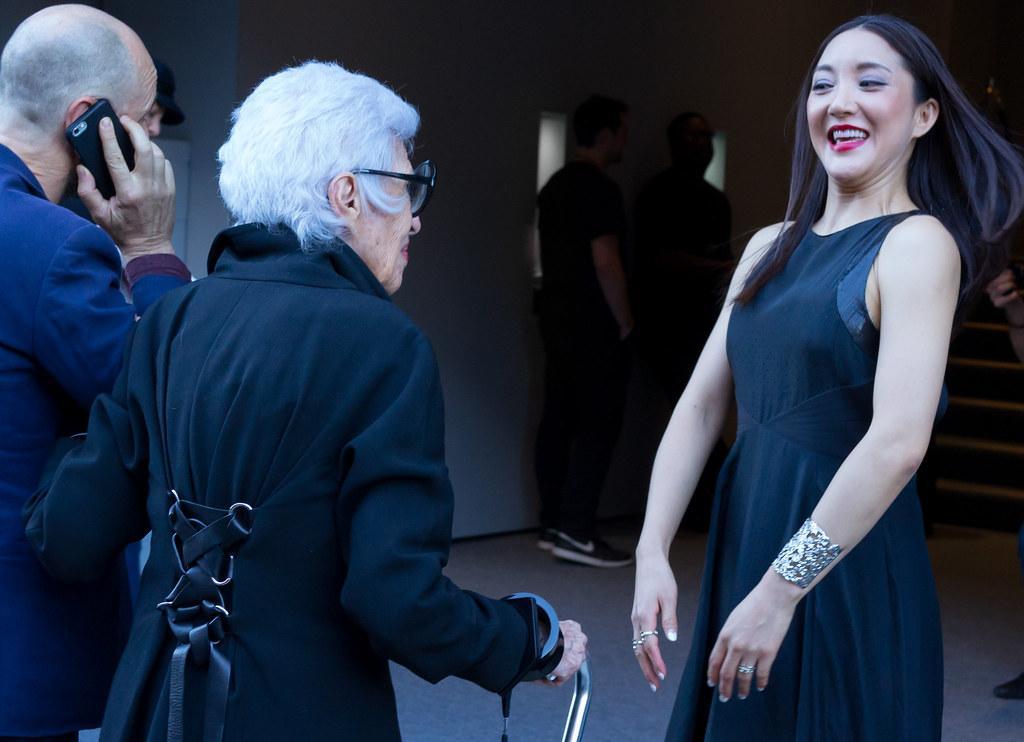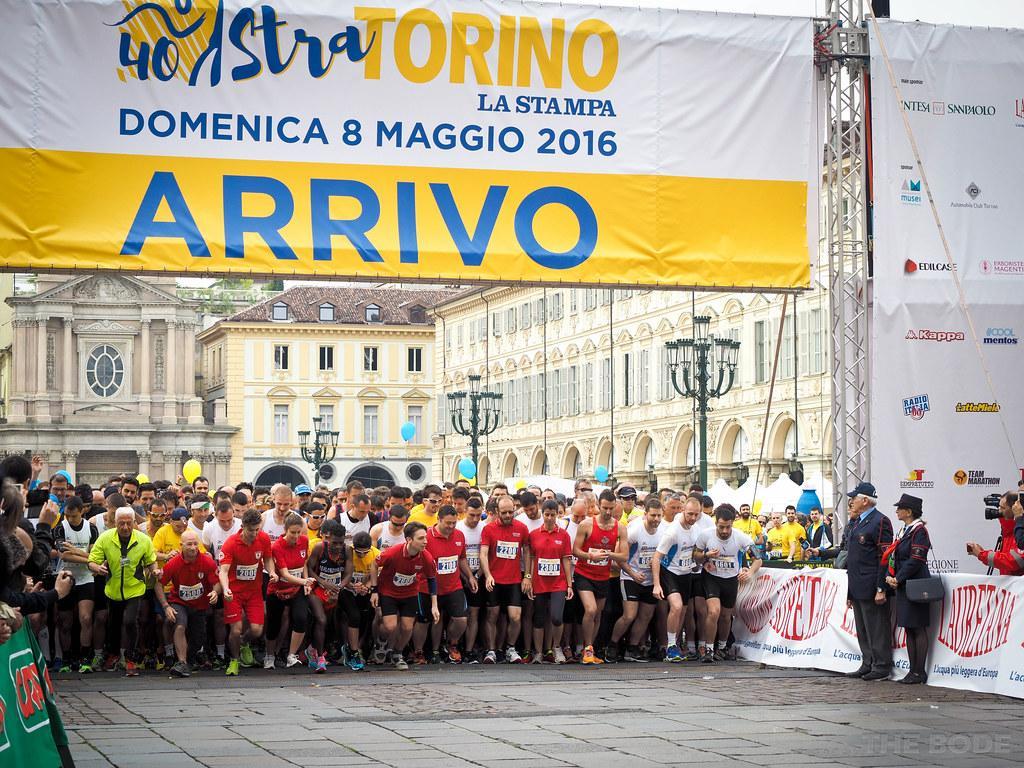

A Royal Health Update: King Harald of Norway's Recent Medical Procedure
A Successful Intervention in Malaysia
In a recent turn of events, Norway's King Harald, the most senior monarch in Europe, underwent a medical procedure to have a temporary pacemaker fitted. This operation took place at the Hospital Sultanah Maliha located on the picturesque resort island of Langkawi, Malaysia. The Norwegian Royal Palace confirmed that the intervention was necessitated by the king's low heart rate and was executed successfully.
The King's Health Journey
At the age of 87, King Harald's health has been a subject of national concern, given his history of medical challenges. In the past few years, the king has faced several health issues, leading to multiple hospital admissions. Notably, in October 2020, he underwent surgery to replace a heart valve following hospitalization for breathing difficulties. Despite these health setbacks, King Harald has remained steadfast in his role, supported by his family and the love of the Norwegian people. His resilience is further demonstrated by his decision not to abdicate his throne, a path chosen by some of his contemporaries, such as Queen Margrethe II of Denmark.
The Circumstances Surrounding the Procedure
The royal announcement came after King Harald was admitted to the hospital during a private holiday in Langkawi, where he intended to celebrate his 87th birthday. The news of his illness and subsequent treatment was a concern for many, given his significant place in the hearts of Norwegians. The Norwegian media had previously reported on the king's trip, which he embarked on with Queen Sonja, though details of their destination were initially sparse.
A Scandinavian Airlines medical evacuation plane, dispatched from Oslo, arrived in Langkawi, hinting at preparations for the king's safe return to Norway. The Norwegian government, in collaboration with the Armed Forces, has been instrumental in organizing the logistics for the king's journey back home.
Looking Ahead: The King's Recovery and Return
Following the pacemaker implantation, King Harald is reported to be in good spirits, albeit still in need of rest. His physician, Bjørn Bendz, emphasized that the procedure was a crucial step in ensuring the king's safe travel back to Norway, expected to occur within the next few days. The royal family and the Norwegian people eagerly await his return, hopeful for his swift recovery.
King Harald's role as Norway's head of state is primarily ceremonial, devoid of political power, yet he remains a beloved figure. His ascension to the throne in 1991 marked a significant moment in Norwegian history, as he became the country's first native-born king since the 14th century. His marriage to a commoner and his empathetic leadership during times of national tragedy, such as the 2011 attacks by Anders Behring Breivik, have endeared him to many.
Conclusion
As King Harald recuperates, the nation stands in solidarity with their monarch, reflecting on his enduring service and the symbolic strength he represents. Crown Prince Haakon, in line with tradition, continues to fulfill royal duties in his father's stead, ensuring the continuity of the monarchy's ceremonial obligations. The Norwegian royal family's openness about the king's health struggles and their commitment to his well-being is a testament to their bond with the people of Norway.
What are the key lessons on recognizing and responding to heart health issues highlighted by King Harald V's health scare
Recognizing the Symptoms: The Start of a Royal Health Scare
When the news broke that Norway’s King Harald V had to undergo pacemaker surgery following a sudden illness while on vacation, it sent ripples of concern across the globe. It’s a stark reminder of the fragility of health, and how it does not discriminate – not even among those of royal blood. The incident has shone a spotlight on the importance of recognizing the symptoms of heart-related issues and the critical role of timely medical intervention.
What Led to the Surgery?
While the Royal Family enjoyed a seemingly serene vacation, King Harald V’s unexpected health scare highlighted the unpredictable nature of cardiac problems. Reports detailed that the King experienced uncharacteristic fatigue and breathing difficulties – common warning signs of heart rhythm disorders. The decision to implant a pacemaker was made after thorough medical assessments pointed to bradyarrhythmia, a condition characterized by a slow or irregular heartbeat which can impede the heart’s ability to pump blood effectively.
How Pacemakers Can Be Life-Changing
Pacemakers are marvels of medical technology. These small devices are implanted under the skin to help regulate the heartbeat. Here are some transformative benefits they offer:
- Restores normal heart rhythm: By monitoring and adjusting your heart rate, a pacemaker can ensure your heart maintains a consistent, healthy rhythm.
- Prevents complications: By managing arrhythmias, pacemakers can reduce the risk of heart failure and other heart-related complications.
- Improves quality of life: Many patients experience a significant improvement in their ability to perform daily activities without fatigue or breathlessness.
Quick Overview of Pacemaker Surgery
- Procedure Timeline: Generally, the surgery to implant a pacemaker takes just a few hours and most patients can head home within a day.
- Aftercare: Post-surgery, patients may need to limit physical activity for a short period. Regular check-ups are also essential to ensure the device is functioning as intended.
A Royal Case Study: King Harald V’s Journey
King Harald V’s health scare is not just a mere news item; it serves as an educational case study demonstrating the importance of addressing heart health proactively. Here’s a short timeline leading up to the surgery:
- Initial Symptoms: Unexplained fatigue and breathing issues while on vacation.
- Medical Consultation: Prompt medical consultation led to an early diagnosis.
- Treatment: Decision to undergo pacemaker surgery based on a detailed health evaluation.
This case underscores the need for awareness and timely action in managing heart health.
Practical Tips from King Harald’s Experience
Listening to Your Body
First and foremost, King Harald V’s situation teaches us the importance of listening to our bodies. Unusual symptoms, especially those related to fatigue and breathing, should not be ignored.
Regular Health Check-ups
Regular medical check-ups can catch potential health issues before they become severe. King Harald’s experience shows that even individuals in high positions are not immune to health challenges.
Awareness and Education
Staying informed about the signs and symptoms of heart conditions can lead to early diagnosis and treatment. Awareness campaigns and educational resources play a crucial role in public health.
Looking Ahead: The Royal Recovery Path
The news of King Harald V’s pacemaker surgery brings heart health to the forefront of public discourse. It’s a reminder that health is our most precious asset, and maintaining it requires vigilance, awareness, and sometimes, medical intervention.
Ensuring a successful recovery and a return to a fulfilling life post-surgery involves a holistic approach – blending medical care with supportive lifestyle changes. The royal family, while dealing with their personal health scare, has inadvertently become a beacon of awareness for heart health and the importance of medical readiness.
As King Harald V recuperates, the support and well-wishes from around the world underscore a collective hope for his swift recovery. This royal health scare, harrowing as it may have been, fortifies the universal quest for better health and well-being, stress-testing medical advancements like pacemakers that continue to save lives.










